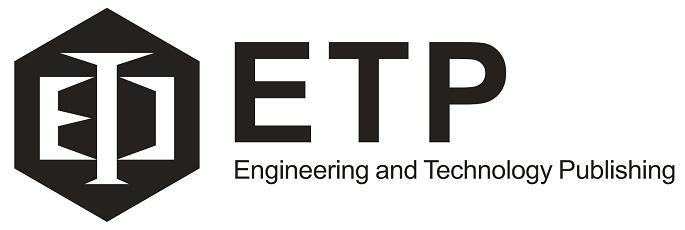IJPMBS 2024 Vol.13(1): 39-47
doi: 10.18178/ijpmbs.13.1.39-47
doi: 10.18178/ijpmbs.13.1.39-47
Mechanism of Mitochondrial Damage in Cardiac Dysfunction Induced by Sepsis
Sihui Zheng 1,* and
Xueting Yu 2
1. College of Medicine, Wuhan University of Science and Technology, Wuhan, China
2. Key Laboratory of Medical Electrophysiology, Ministry of Education & Medical, Southwest Medical University, Luzhou, China
Email: zhengsihui1013@163.com (S.Z.)
*Corresponding author
2. Key Laboratory of Medical Electrophysiology, Ministry of Education & Medical, Southwest Medical University, Luzhou, China
Email: zhengsihui1013@163.com (S.Z.)
*Corresponding author
Manuscript received October 24, 2023; revised November 17, 2023; accepted December 29, 2023; published March 25, 2024.
Abstract—Sepsis is a syndrome with a high fatality rate, which is the dysfunction of multiple organs in the whole body caused by the host’s inflammation response caused by infection. The cardiac insufficiency caused by sepsis is called Septic-Induced Myocardial Dysfunction (SIMD), which is mainly characterized by bilateral systolic and diastolic dysfunction of the heart, which is one of the most serious complications of sepsis. Normal mitochondrial structure and function are essential for maintaining mitochondrial homeostasis. Mitochondrial homeostasis plays a central role in the pathophysiology of SIMD, and its structural changes, oxidative stress, inflammation, endoplasmic reticulum stress and autophagy are directly or indirectly related to the occurrence and development of SIMD, which has a promising future as a targeted therapy for SIMD. Therefore, this paper focuses on the molecular mechanism and signaling pathway of mitochondrial homeostasis in the pathogenesis of SIMD, and provides implications for the search for therapeutic targets and biomarkers of SIMD. In addition, many traditional Chinese medicine components play a protective role in maintaining mitochondrial homeostasis in sepsis, and have the potential to be developed as novel therapeutics for SIMD.
Keywords—septic cardiomyopathy, mitochondrial homeostasis, mitochondrial dysfunction, autophagy
Cite: Sihui Zheng and Xueting Yu, "Mechanism of Mitochondrial Damage in Cardiac Dysfunction Induced by Sepsis," International Journal of Pharma Medicine and Biological Sciences, Vol. 13, No. 1, pp. 39-47, 2024.
Copyright © 2024 by the authors. This is an open access article distributed under the Creative Commons Attribution License (CC BY-NC-ND 4.0), which permits use, distribution and reproduction in any medium, provided that the article is properly cited, the use is non-commercial and no modifications or adaptations are made.
Keywords—septic cardiomyopathy, mitochondrial homeostasis, mitochondrial dysfunction, autophagy
Cite: Sihui Zheng and Xueting Yu, "Mechanism of Mitochondrial Damage in Cardiac Dysfunction Induced by Sepsis," International Journal of Pharma Medicine and Biological Sciences, Vol. 13, No. 1, pp. 39-47, 2024.
Copyright © 2024 by the authors. This is an open access article distributed under the Creative Commons Attribution License (CC BY-NC-ND 4.0), which permits use, distribution and reproduction in any medium, provided that the article is properly cited, the use is non-commercial and no modifications or adaptations are made.
Previous paper:Alzheimer's Disease Pathophysiology and Novel Treatment: An Update
Next paper:Last page
Next paper:Last page
